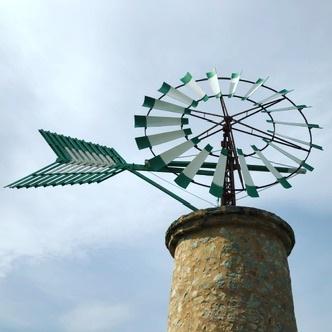How does language legislation affect the availability of Mallorquín media and publications for visitors?
Similar Topics
language legislation balearic
mallorquín media availability
mallorquín language promotion
bilingual media balearics
mallorquín publications tourists
local mallorquín broadcasts
mallorquín cultural preservation
mallorcan identity language
Language legislation in the Balearic Islands, where Mallorquín—a variety of the Catalan language—is spoken, plays a significant role in shaping the availability of media and publications for visitors. The regional government enforces laws that promote and protect Mallorquín as a co-official language alongside Spanish, ensuring its visibility and use in public life. As a result, there is a considerable presence of Mallorquín-language media, including newspapers, magazines, radio, and television broadcasts. This legal framework encourages local media outlets to produce content in Mallorquín, providing visitors with authentic linguistic and cultural experiences.
For tourists, this means that while most major information sources and media cater to a broader national or international audience by using Spanish or other widely spoken languages, there remains a distinctive availability of Mallorquín publications. Newspapers and magazines often include sections or full editions in Mallorquín, and local radio stations frequently broadcast in the language. The legislation supports the production and distribution of such materials, which helps to sustain the language and culture despite the pressures of globalization and tourism. Visitors interested in immersing themselves in the local culture will find opportunities to access Mallorquín language content, although these might be less prominent than Spanish or English alternatives.
Overall, language legislation fosters a bilingual media landscape that benefits both residents and visitors by preserving Mallorquín’s presence in public communication. While visitors may need some familiarity with Catalan to fully appreciate Mallorquín media, the laws ensure that the language remains vibrant and accessible. This cultural policy contributes to a richer, more diverse media environment, allowing travelers a deeper understanding of Mallorcan identity through its native tongue.
For tourists, this means that while most major information sources and media cater to a broader national or international audience by using Spanish or other widely spoken languages, there remains a distinctive availability of Mallorquín publications. Newspapers and magazines often include sections or full editions in Mallorquín, and local radio stations frequently broadcast in the language. The legislation supports the production and distribution of such materials, which helps to sustain the language and culture despite the pressures of globalization and tourism. Visitors interested in immersing themselves in the local culture will find opportunities to access Mallorquín language content, although these might be less prominent than Spanish or English alternatives.
Overall, language legislation fosters a bilingual media landscape that benefits both residents and visitors by preserving Mallorquín’s presence in public communication. While visitors may need some familiarity with Catalan to fully appreciate Mallorquín media, the laws ensure that the language remains vibrant and accessible. This cultural policy contributes to a richer, more diverse media environment, allowing travelers a deeper understanding of Mallorcan identity through its native tongue.
